Argos : system & PTT
Argos is a global satellite system that has been in operation since 1978, with the objective of helping the scientific community to better monitor, protect and understand our environment. It also requires manufacturers to comply with the regulations put in place by governments to protect the planet's ecosystem.What is the Argos system ?
This system allows any living being or moving object equipped with a compatible transmitter (Argos beacon or Platform Transmitters Terminals – PTT) to be tracked and located everywhere in the world.
The Argos beacons, usually equipped with sensors, also transmit the data measured by these sensors: temperature, pressure, speed, …
The Argos system collects data issued from beacons (Platform Transmitters Terminals, PTT) and are received by satellites. This information is then sent back to the end users thanks to ground stations.
Mission & objectives
Programs and missions whishing to use the Argos system must necessarily be associated with the study or protection of the fauna and/or flora, or with the sensibilization to the environmental issues.
Argos constellation is the result of a cooperation between the French National Center for Space Studies (CNES) and the National Oceanic and Atmospheric Administration (NOAA) and the National Aeronautics and Space Administration (NASA). The operation of the Argos system was entrusted to CLS (Collect Localization Satellite), a subsidiary of the CNES. There are two main Argos data processing centers, one of them is based in Washington, D.C., USA, and the other one is near Toulouse, in France.
Advantages of Argos System
The Argos system, a global reference for location and data collection, is a robust and very simple to use device, ideal for tracking animals or objects over long distances. Discover below a summary of the advantages of the Argos system…
Global Coverage
The Argos constellation provides global coverage thanks to low earth orbit (LEO) satellites. Argos is also a global network of ground stations that receive data and transmit it to users 24/7.
Real time location
The Argos processing centers use the Doppler effect to locate the beacon in real time for the duration of the satellite passing.
GPS positioning
The Argos beacons can be equipped with GPS (as is the case with the Argos Bird beacon from Syrlinks) and transmit positioning coordinates via the Argos system.
Miniaturization
& low consumption
Argos beacons transmitters becoming increasingly miniaturized and offer high performances for very low power consumption. This system is adapted therefore suitable for tracking and geolocation over long distances.
What is an Argos Beacon?
An Argos beacon is an equipment integrating a certified Argos transmitter. Each beacon is characterized for an identification number associated with its transmission electronics. Argos beacons emit short messages at regular intervals, which are received and then transmitted by the satellites to the ground stations.
Operation of an Argos beacon
At the Earth’s poles, satellites in the Argos constellation see transmitting beacons at each passage, 14 times a day by satellite. An Argos transmitter is, generally, visible for about 10 minutes by a satellite. This duration represents the time of overflight of the Argos beacon by a satellite.
The Argos beacons emit messages, which are then received by one of the satellites in the Argos constellation, stored on the embedded receiver and retransmitted to the ground whenever a satellite passes over one of the main receiving stations (Wallops Islands (Virginia, USA), Fairbanks (Alaska, USA) and Svalbard (Norway)). These messages can also be transmitted directly to the ground and received by visible stations. There are about 70 antennas receiving data from satellites in real time and relaying it to processing centers. This network of antennas offers global coverage.
Thanks to the progress in terms of power consumption and miniaturization, Argos beacons can be fixed on birds, mammals or any other moving object, and thus work for several months.
GPS and Argos : What difference ?
To locate or track an Argos transmitter, there are two possibilities:

Argos localization
CLS centers calculate the position of Argos transmitters by measuring the Doppler effect on the transmission frequency. The Doppler positions used by the Argos system cannot be falsified.

GPS positioning
Some Argos transmitters can be equipped with a GPS receiver. Thanks to a processing module, the GPS positions can be processed at the same time as Argos messages by CLS centers.
The coordinates are transmitted, whether it is an Argos position or a GPS position, in latitude and longitude, in thousandths of a degree.
Sending GPS position through the Argos system has several advantages:

Reliability
Having 2 positioning systems brings more reliability than with only one and allows to cross information

Precision
Argos and GPS positions provide more accurate locations (less than 100m)

Centralization of data
GPS positions are available on the same interface as Argos locations.
WHAT ELSE ?

28 rue Robert Keller
Zac des Champs Blancs
35510 Cesson Sévigné
France
Tel. +33 299 009 452
